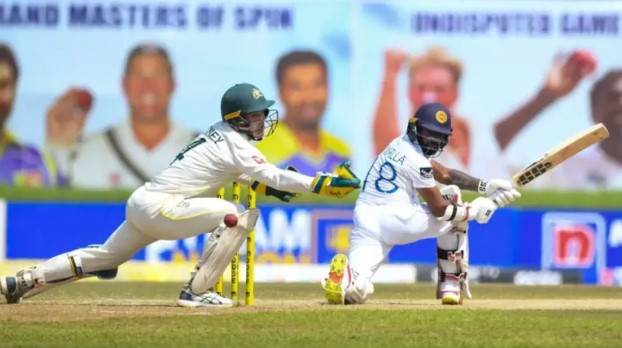Andrew’s Review: Before the Galle Tests CommenceAndrew’s Review: Before the Galle Tests Commence-by Michael Roberts

Source:Thuppahis

Andrew Fidel Fernando in ESPNcricinfo, Tuesday/Wednesday
On paper it’s been six years since the Australia men’s side were last in Sri Lanka for a Test tour, but somehow that 2016 tour seems a lifetime ago. Graham Ford was Sri Lanka’s coach then; Angelo Mathews still the captain. For Australia, it was pre-Sandpapergate. Adam Voges was a part of the middle order.
Five factors that could decide the Sri Lanka-Australia Test series







